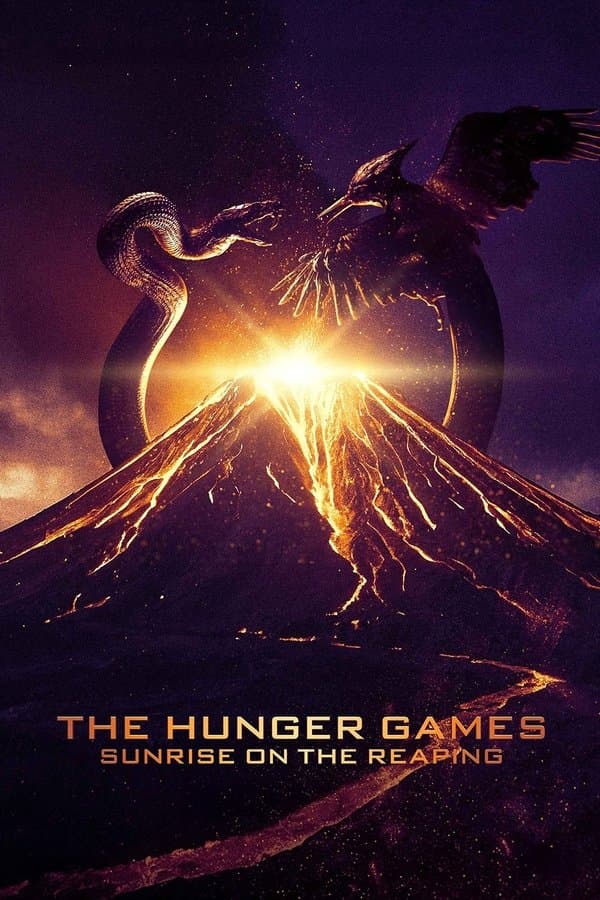
The Hunger Games: Sunrise on the Reaping
2026 • Action, Adventure, Science Fiction
Return to the world of Panem 24 years before the events of The Hunger Games for the reaping of the 50th Hunger Games, also known as the Second Quarter Quell.
Why you should read the novel
If you’re intrigued by the world of Panem, there’s no better way to immerse yourself than through Suzanne Collins’ novel, The Hunger Games: Sunrise on the Reaping. Books offer a deeply personal lens, letting you experience characters’ inner thoughts and motivations in ways that films can’t always capture. The prose brings nuance to emotional struggles and subtle world-building details that get lost in dramatic adaptations.
While the excitement of an on-screen reaping sequence or an intense arena battle is undeniable, the novel gives you a chance to pause, reflect, and truly understand each moment’s significance. From the political machinations of the Capitol to the personal growth of new protagonists, the source material contains layers often glossed over for cinematic pacing. Readers are able to invest in relationships and minor characters that the movie may have to simplify for time constraints.
Diving into the book before—or instead of—watching the movie means you’ll discover the author’s original vision for this new chapter of Panem. Each page is meticulously crafted, with unexpected twists and literary depth that even the most well-produced film can struggle to deliver. Let the book’s intricate details draw you into the heart of the rebellion and discover the story as it was always meant to be told.
Adaptation differences
One major difference between the film adaptation, The Hunger Games: Sunrise on the Reaping (2026), and Suzanne Collins’ novel is the narrative perspective. The book delves into the protagonist’s inner monologue, offering emotional clarity and motivation behind key decisions. In contrast, the film often relies on visual cues and dialogue, which means certain motivations or nuances can only be inferred, losing the profound introspection that shapes reader understanding.
Key subplots and side characters are frequently altered or omitted in the movie for brevity. The novel explores political factions and alliances in more depth, fleshing out secondary characters’ backstories and motivations. In the film, these are streamlined or replaced with composite characters to simplify the narrative and focus on the main action, thus reducing the scope of Panem’s political complexity.
Additionally, some pivotal scenes undergo significant changes in the adaptation to heighten dramatic tension or accommodate special effects. While the novel’s climax is grounded in psychological tension and careful strategy, the film version amps up the visual spectacle—sometimes at the expense of the emotional resonance the book achieves through detailed exposition and gradual character development. Moments that in the novel unfold subtly may seem rushed or overly dramatic in their cinematic portrayal.
Lastly, thematic emphasis can differ between the mediums. Whereas the book prioritizes moral ambiguity and the personal cost of rebellion, the film often heightens the heroic narrative and leans into clear-cut battles between good and evil. As a result, readers may find the source material’s exploration of grey areas and ethical dilemmas richer and more thought-provoking than what is depicted on screen.
The Hunger Games: Sunrise on the Reaping inspired from
The Hunger Games: Sunrise on the Reaping
by Suzanne Collins




